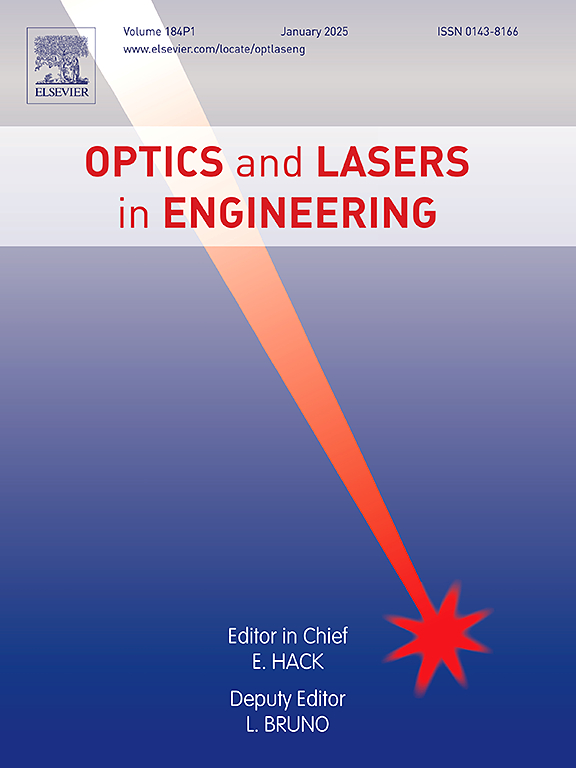High dynamic range infrared image enhancement via central linearity suppression guided filter and local high radiation pass filter
IF 3.5
2区 工程技术
Q2 OPTICS
引用次数: 0
Abstract
Existing high dynamic range (HDR) infrared image enhancement methods have limitations of local over-exposure, edge artifacts or target missing. In this paper, we present an effective HDR infrared image enhancement method to addresses these issues simultaneously, which can achieve visually friendly results in many scenes. Specifically, we first introduce an inverted contrast enhancement module, which solve over-exposure by stretching the dynamic range of high radiation regions as evenly as possible. Next, we adjust the contrast with gamma function and use the result as basic image. Then, we propose a central linearity suppression guided filter (CLSGF) by suppressing the linear fitting level of the central pixel of the window in the guided filter. The CLSGF is used as detail layering filter to effectively suppress edge artifacts in detail enhancement stage. Subsequently, we observe the visual relationship between the detail layer and the inverse detail layer, and design a local high radiation pass filter (LHRPF) using Gaussian function. It senses the local radiation variations of image and is used to highlight the local high radiation details/targets. Finally, a linear combination of the basic image, the detail layer and the LHR image yields enhanced result, which fully expose the scene contents and provide high contrast and stable visual effects. Extensive experiments demonstrate the effectiveness of the proposed method.
求助全文
约1分钟内获得全文
求助全文
来源期刊

Optics and Lasers in Engineering
工程技术-光学
CiteScore
8.90
自引率
8.70%
发文量
384
审稿时长
42 days
期刊介绍:
Optics and Lasers in Engineering aims at providing an international forum for the interchange of information on the development of optical techniques and laser technology in engineering. Emphasis is placed on contributions targeted at the practical use of methods and devices, the development and enhancement of solutions and new theoretical concepts for experimental methods.
Optics and Lasers in Engineering reflects the main areas in which optical methods are being used and developed for an engineering environment. Manuscripts should offer clear evidence of novelty and significance. Papers focusing on parameter optimization or computational issues are not suitable. Similarly, papers focussed on an application rather than the optical method fall outside the journal''s scope. The scope of the journal is defined to include the following:
-Optical Metrology-
Optical Methods for 3D visualization and virtual engineering-
Optical Techniques for Microsystems-
Imaging, Microscopy and Adaptive Optics-
Computational Imaging-
Laser methods in manufacturing-
Integrated optical and photonic sensors-
Optics and Photonics in Life Science-
Hyperspectral and spectroscopic methods-
Infrared and Terahertz techniques
 求助内容:
求助内容: 应助结果提醒方式:
应助结果提醒方式:


